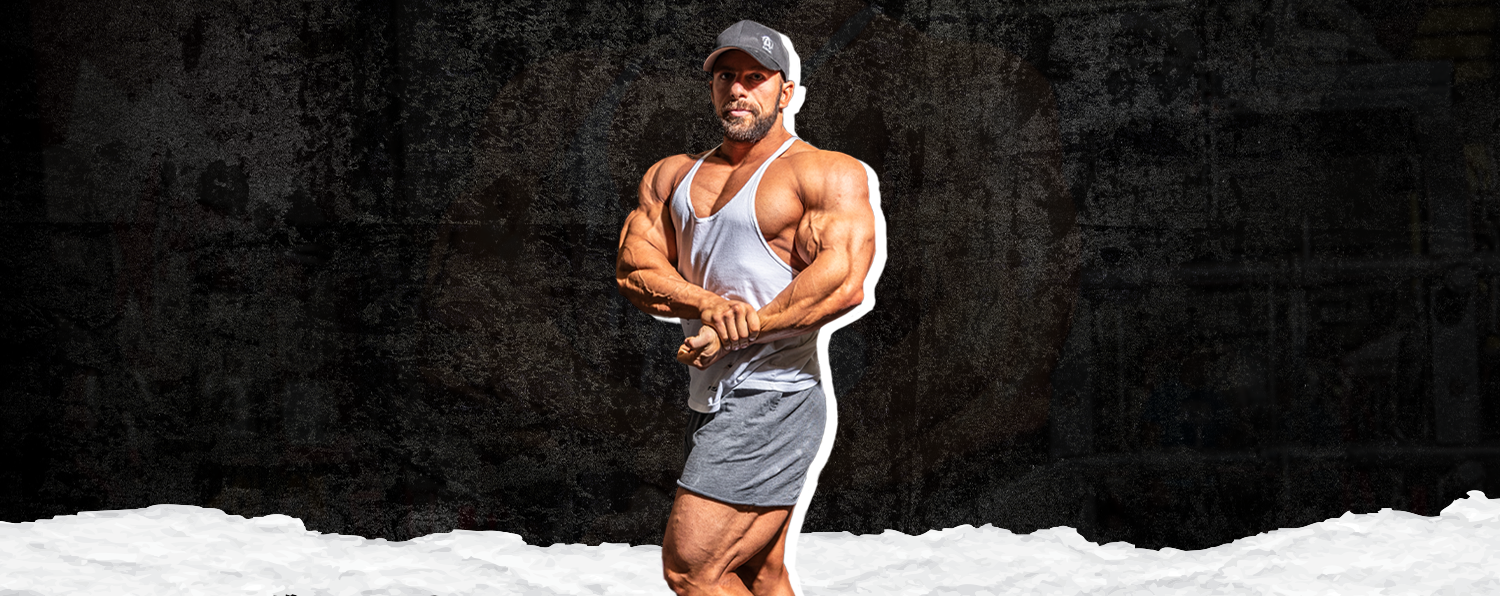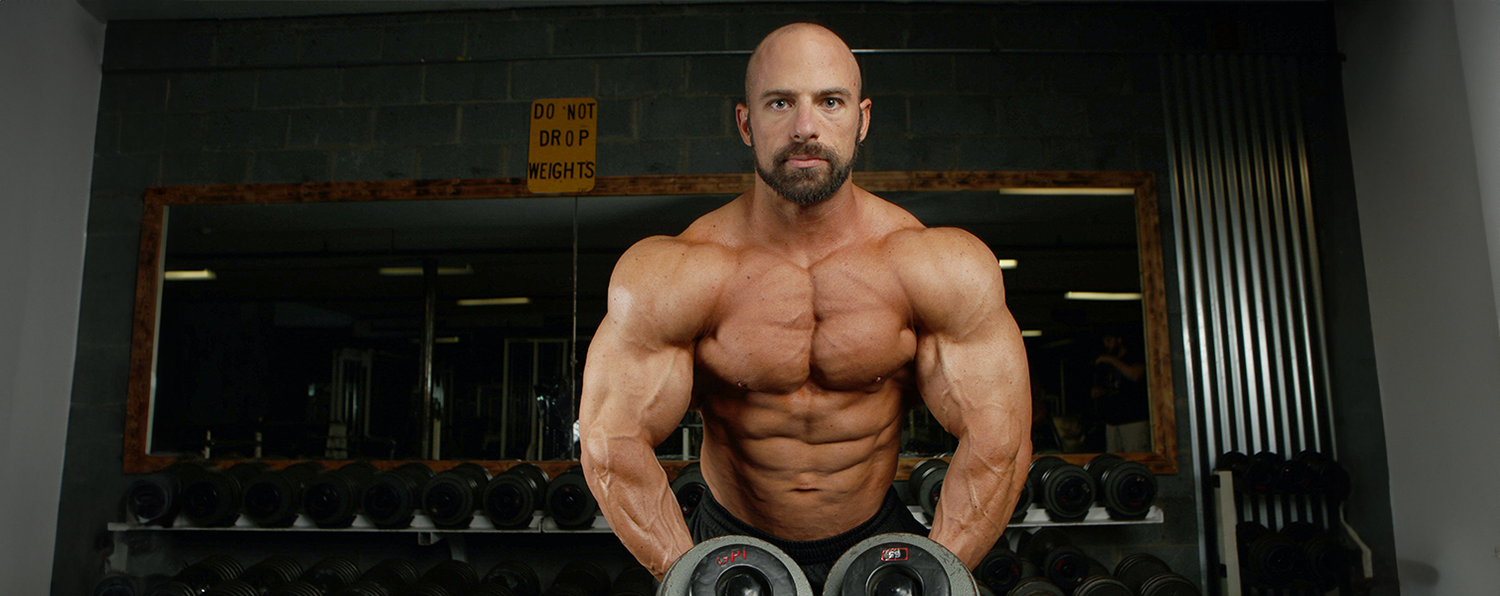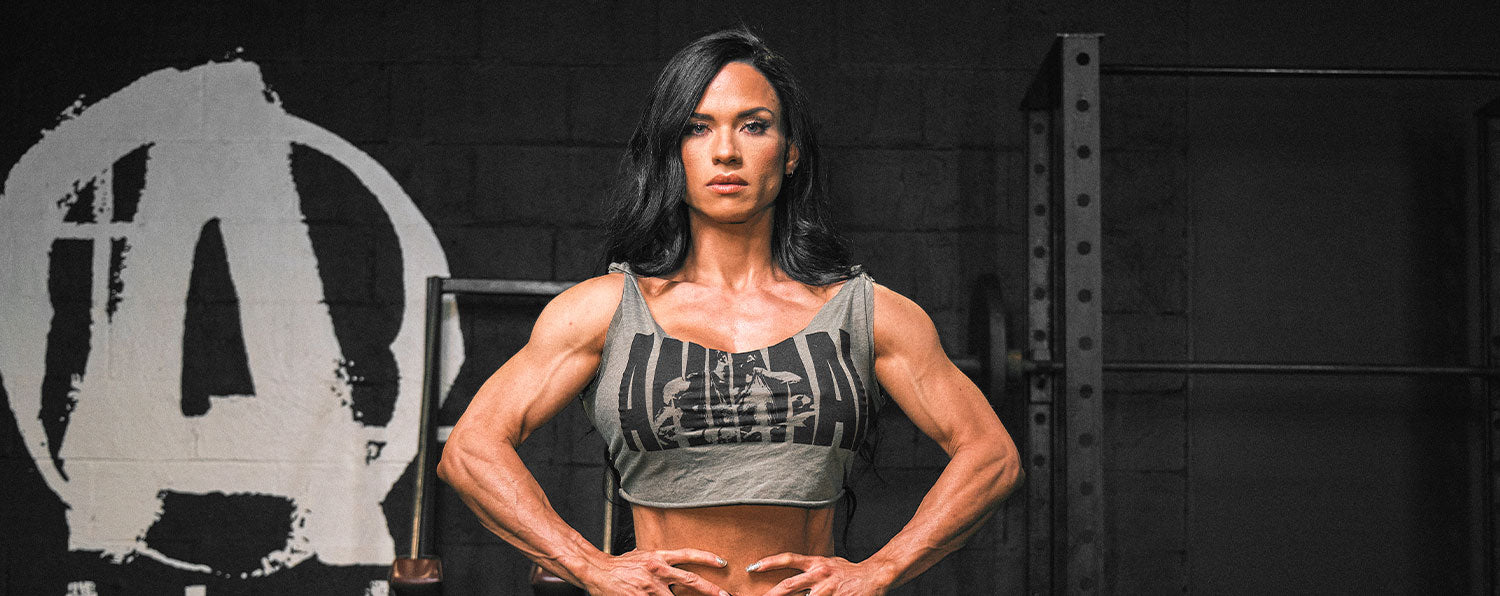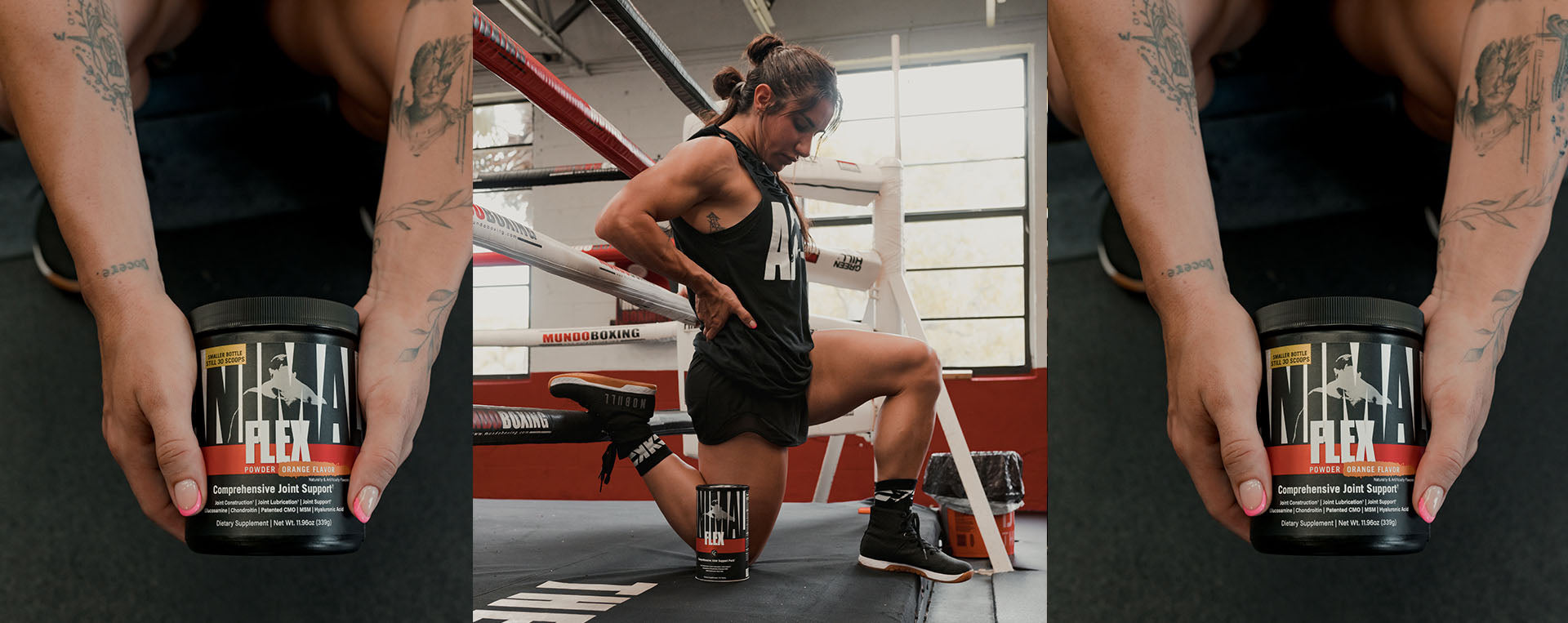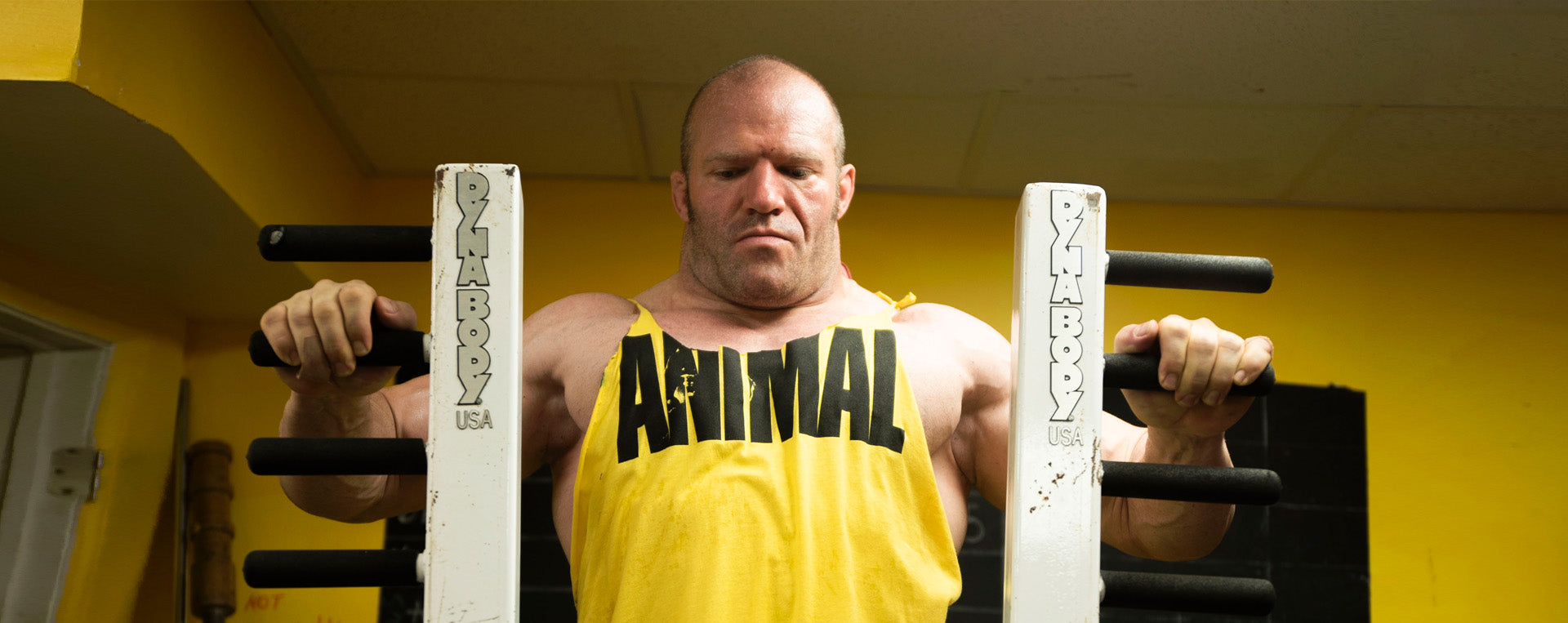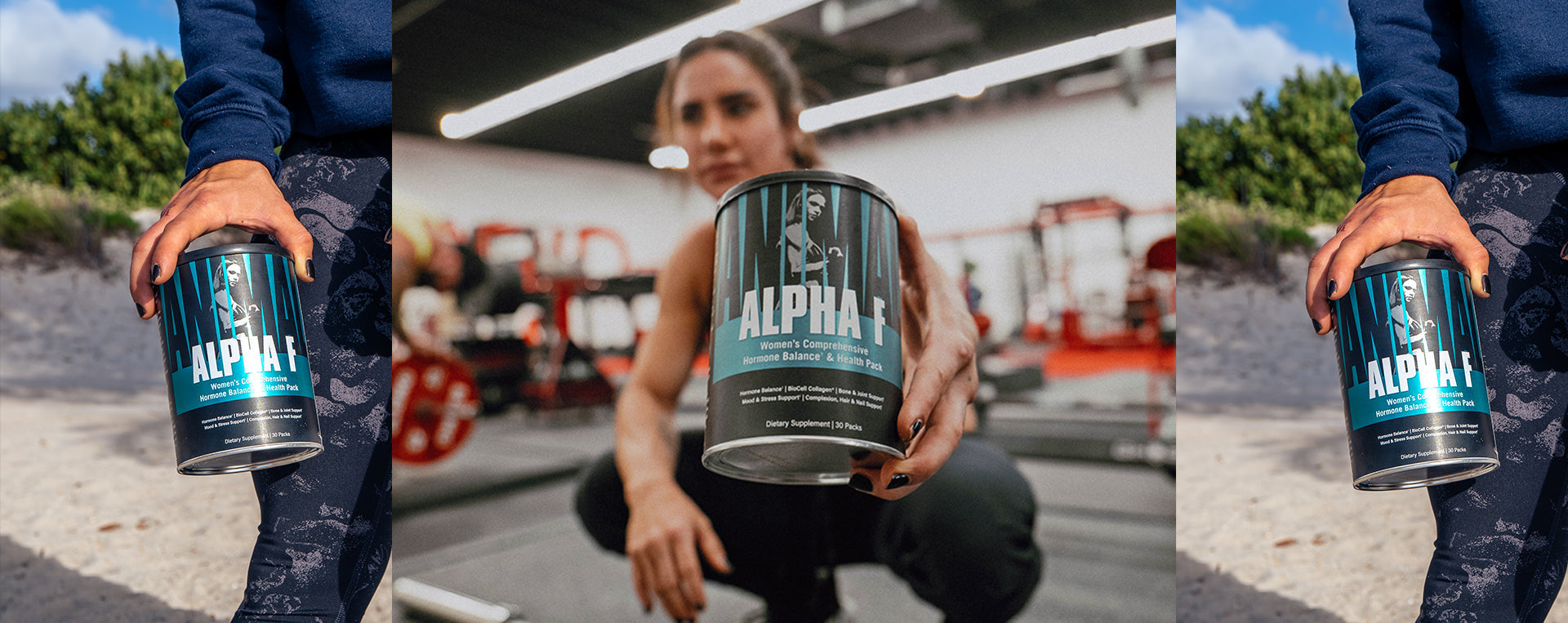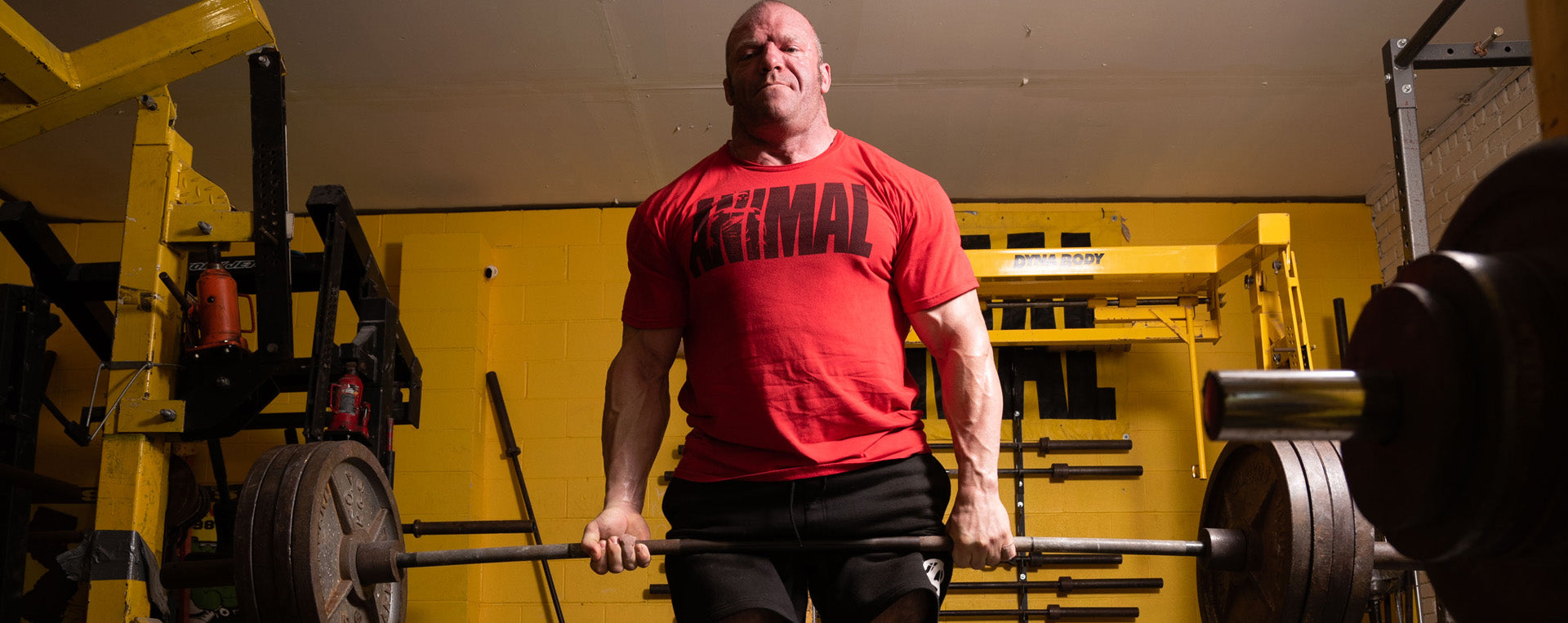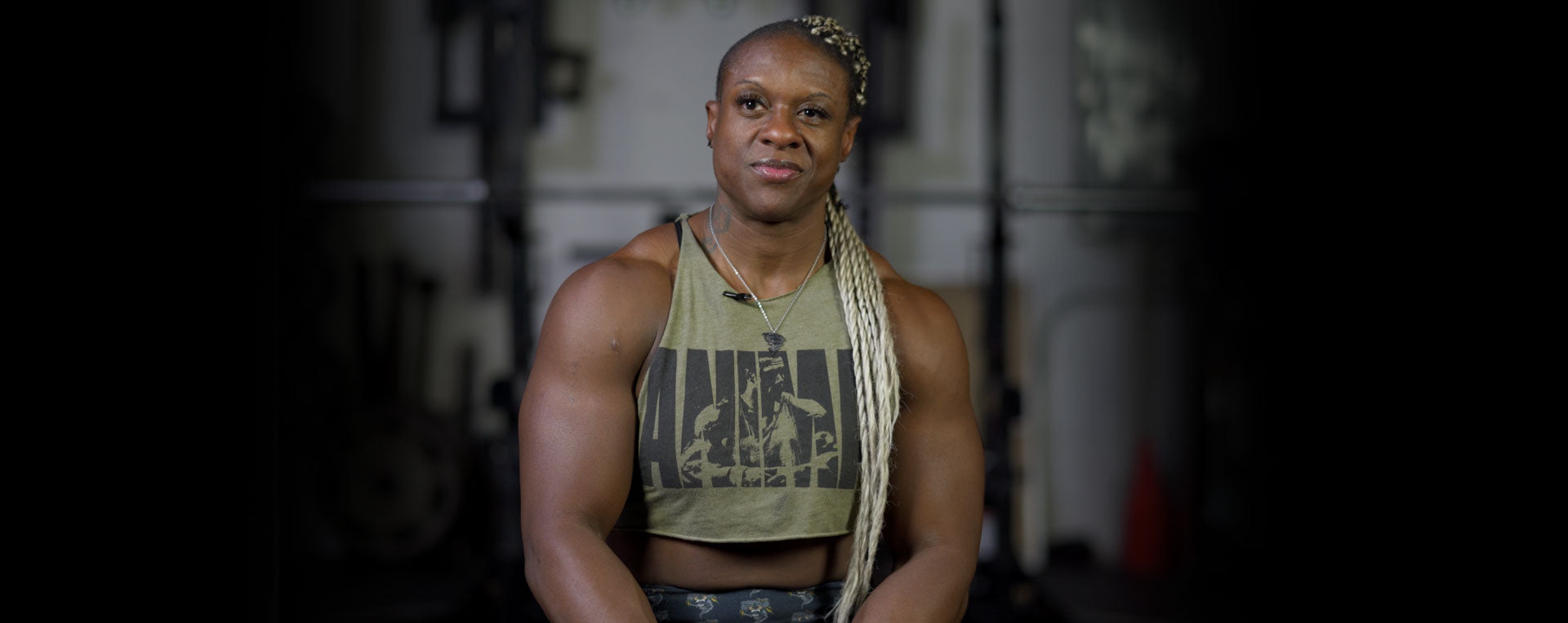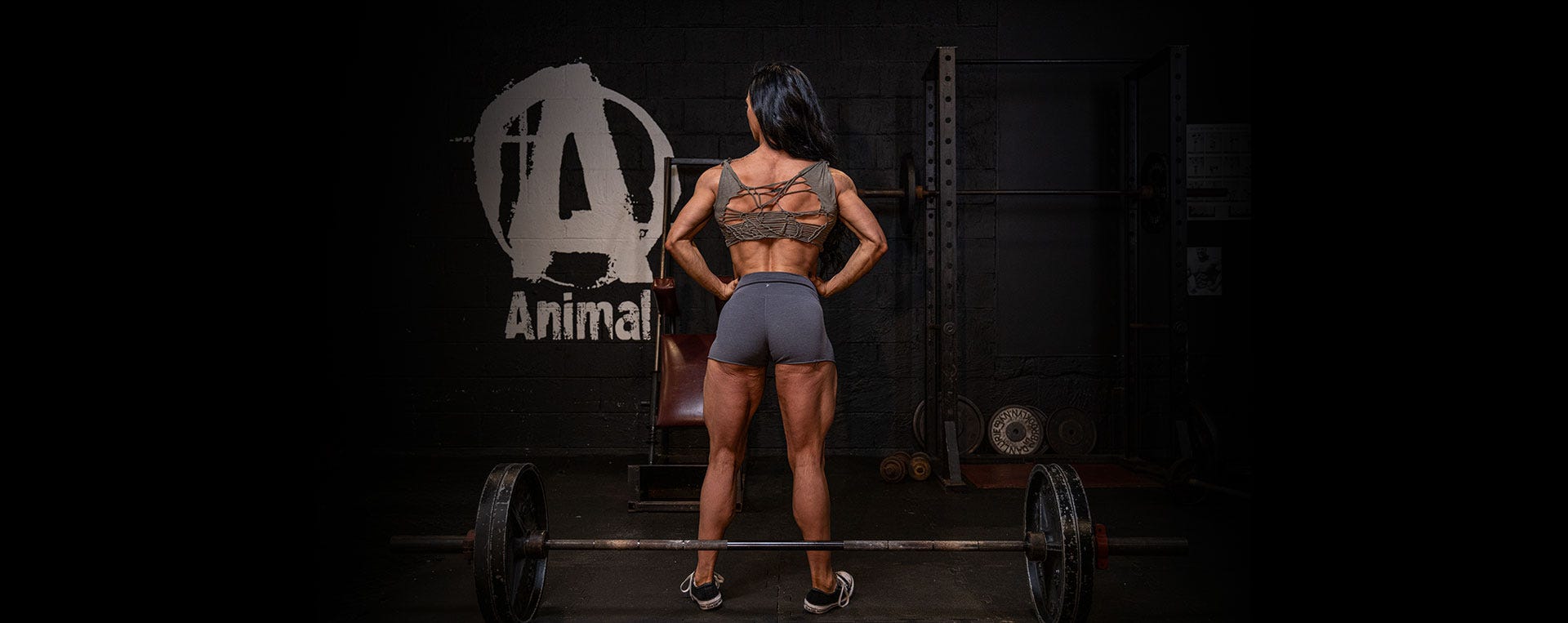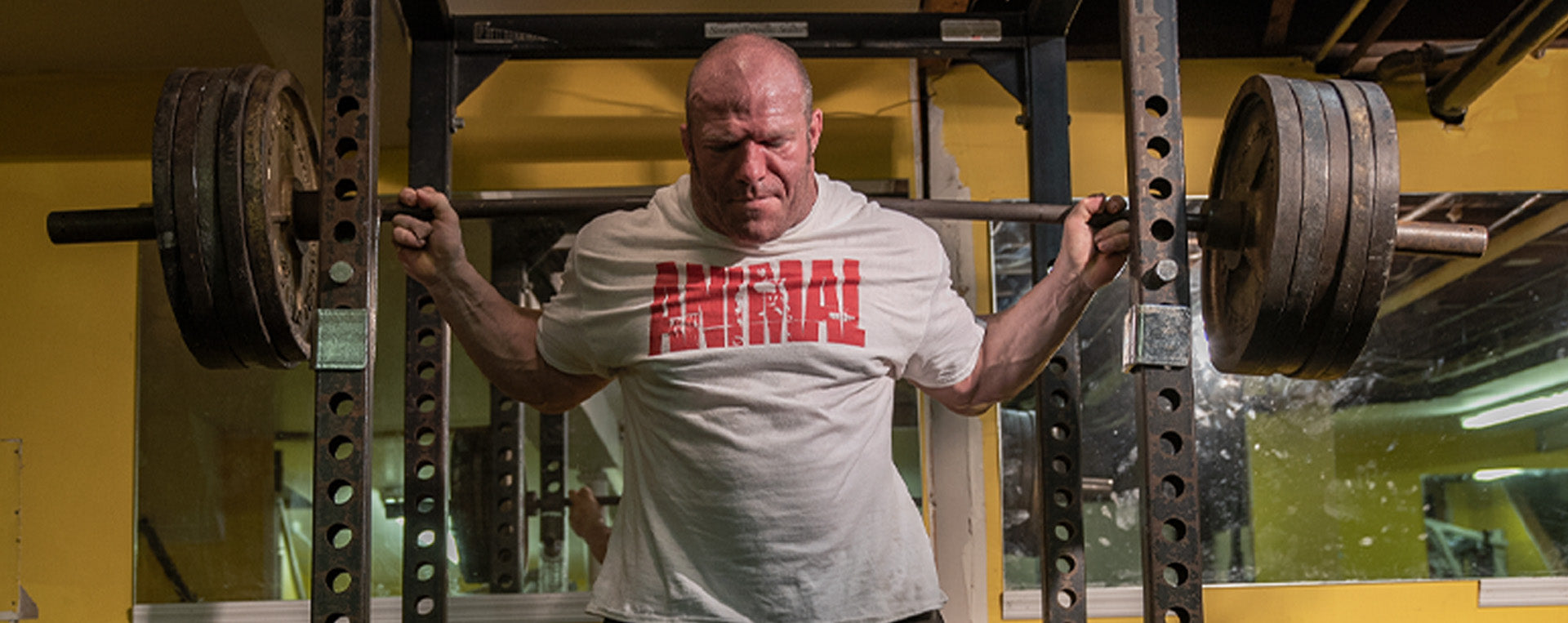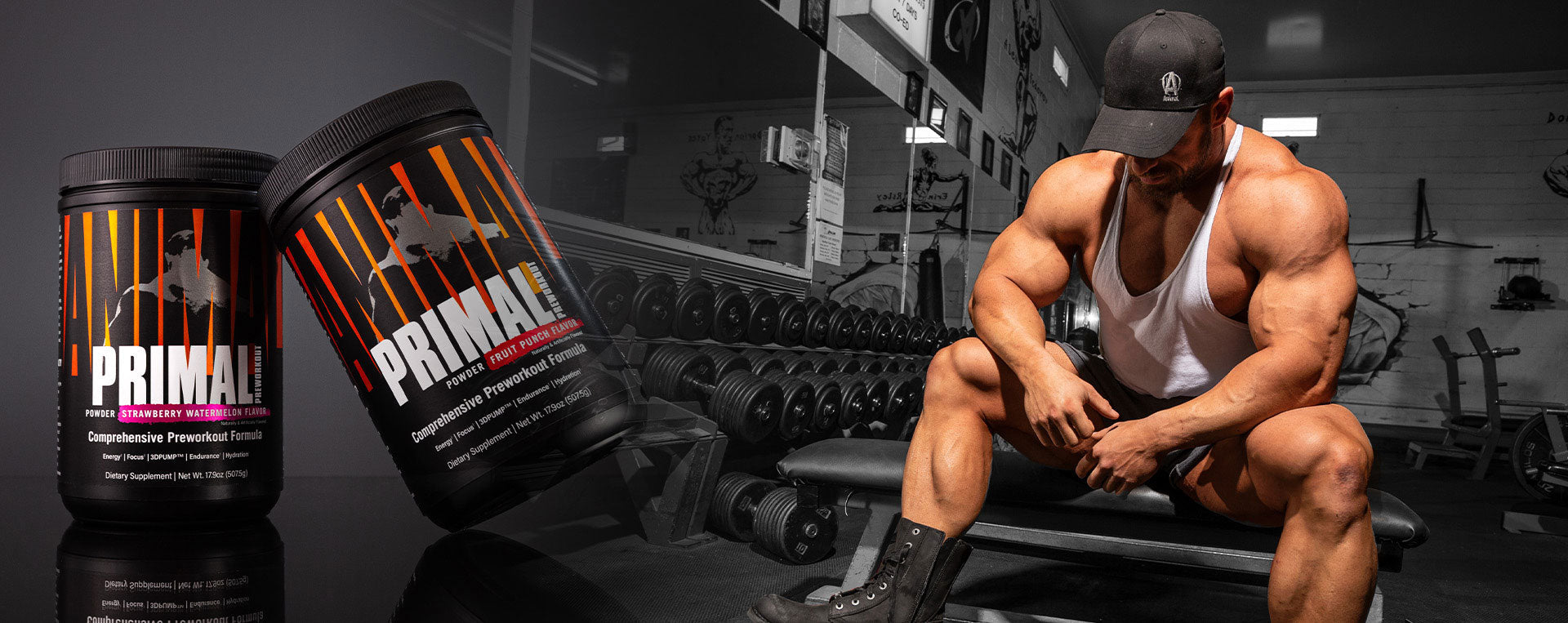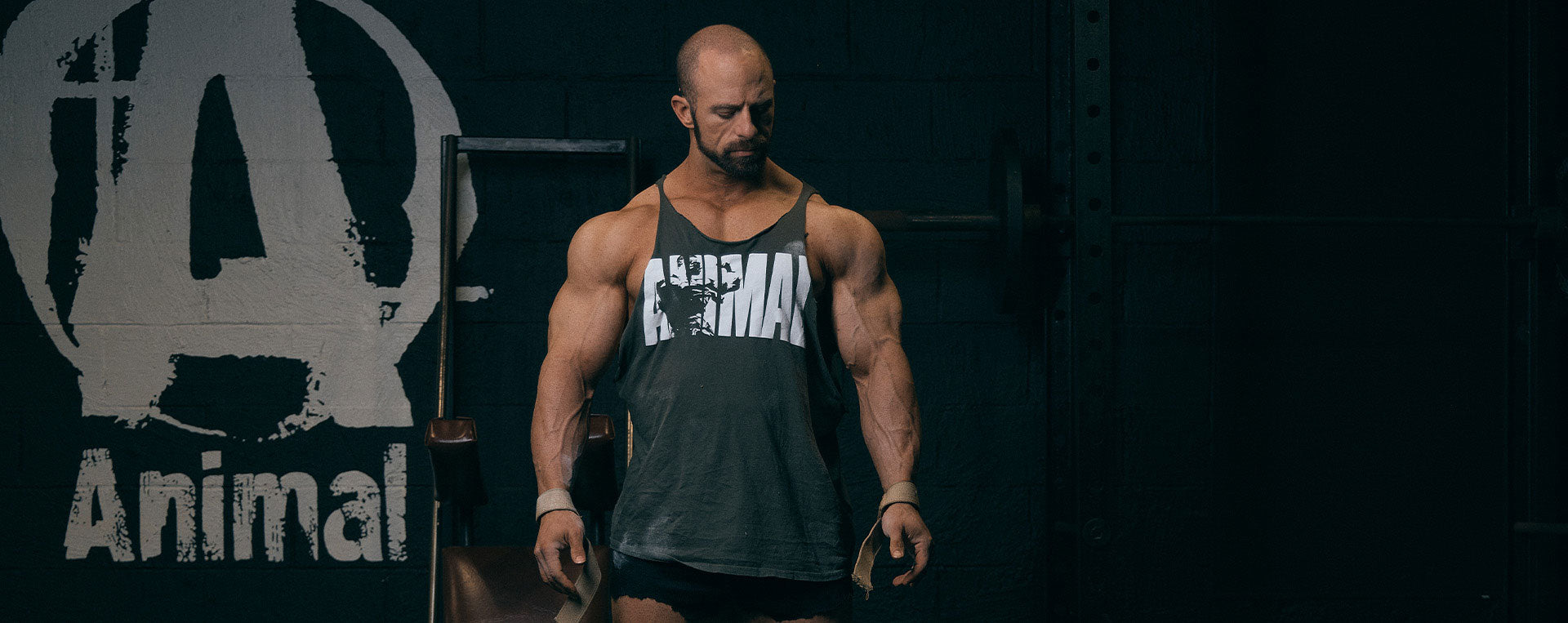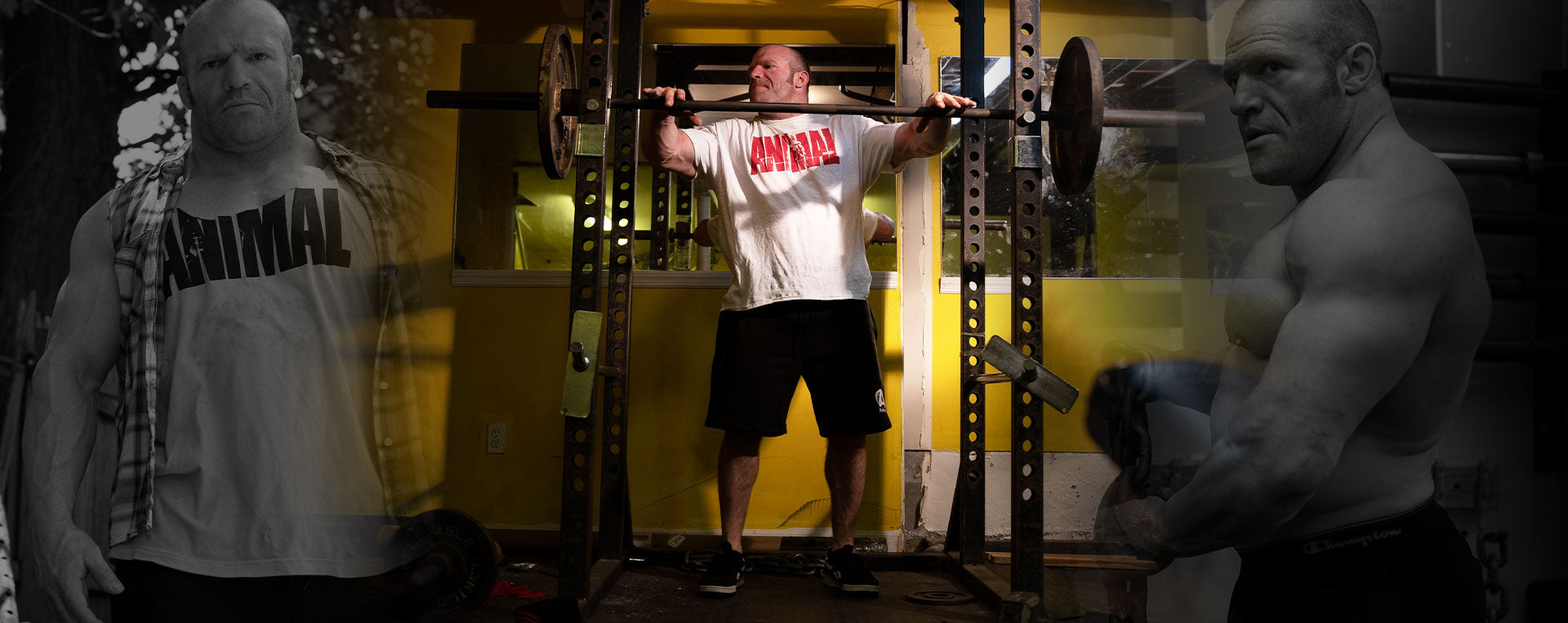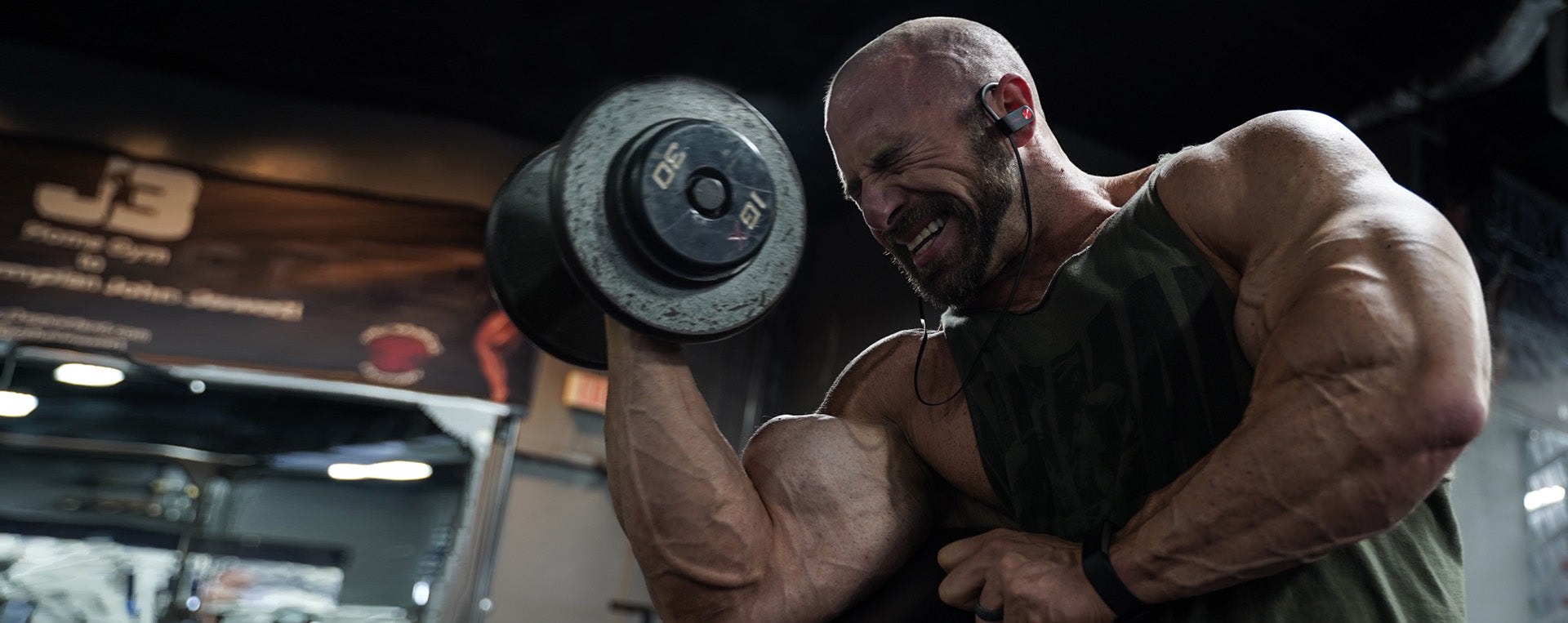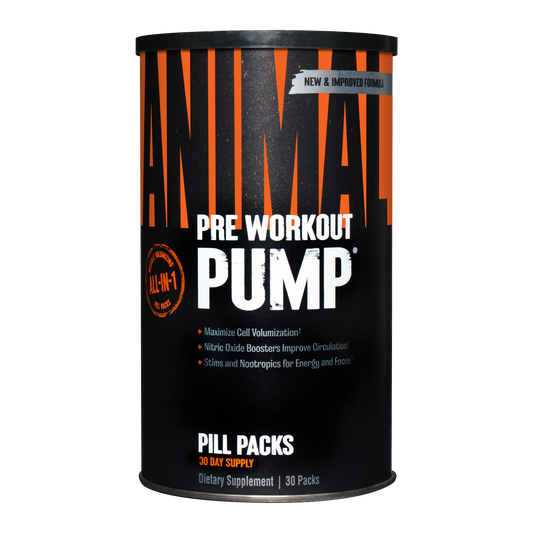It’s been called the king of lifts and for good reason. The barbell deadlift is currently seeing a surge of incredible strength-to-weight ratio lifts, with ATWRs going down seemingly every weekend. Among all the records and the hype, the deadlift seems to be caught somewhere in the middle of a squabble between lifters at all levels.
The other two power lifts—the squat and the bench press—are easily categorized into lower and upper body respectively, but the deadlift seems to be somewhere in the middle. Some people say it’s more lower and some say higher. So who’s right? The answer, like almost everything, is that it depends. We can actually tell for whom the lift will be more upper and for whom the lift will be more lower. The answer lies in the knees—it’s all in the knees.
Gauging knee position from a starting point will allow us to see how much extension of the knee will be used in order to complete the lift in a “locked out” position. Inversely, a lesser knee angle will require much more movement from the torso and therefore begin to tax the upper body (lats primarily) in the completion of the lift.
Larger lifters who carry more bodyweight anterior to their center of mass tend to have more leg dominance. These are the same proportions that make a good squatter but make for less than optimal leverages when trying to perform the deadlift. Essentially heavier, rounder lifters need to drop their hips lower and use more knee bend to try and keep their center of mass over the base of support. Otherwise the combined center of mass drifts too far forward making the load almost impossible to break off the floor.
At the end of the day, the differences are going to be negligible. A stronger back and stronger legs are great but don’t mean shit if your technique isn’t dialed. So pick your accessories wisely, train your ass off, and execute with surgical precision.
The other two power lifts—the squat and the bench press—are easily categorized into lower and upper body respectively, but the deadlift seems to be somewhere in the middle. Some people say it’s more lower and some say higher. So who’s right? The answer, like almost everything, is that it depends. We can actually tell for whom the lift will be more upper and for whom the lift will be more lower. The answer lies in the knees—it’s all in the knees.
Gauging knee position from a starting point will allow us to see how much extension of the knee will be used in order to complete the lift in a “locked out” position. Inversely, a lesser knee angle will require much more movement from the torso and therefore begin to tax the upper body (lats primarily) in the completion of the lift.
Larger lifters who carry more bodyweight anterior to their center of mass tend to have more leg dominance. These are the same proportions that make a good squatter but make for less than optimal leverages when trying to perform the deadlift. Essentially heavier, rounder lifters need to drop their hips lower and use more knee bend to try and keep their center of mass over the base of support. Otherwise the combined center of mass drifts too far forward making the load almost impossible to break off the floor.
At the end of the day, the differences are going to be negligible. A stronger back and stronger legs are great but don’t mean shit if your technique isn’t dialed. So pick your accessories wisely, train your ass off, and execute with surgical precision.


